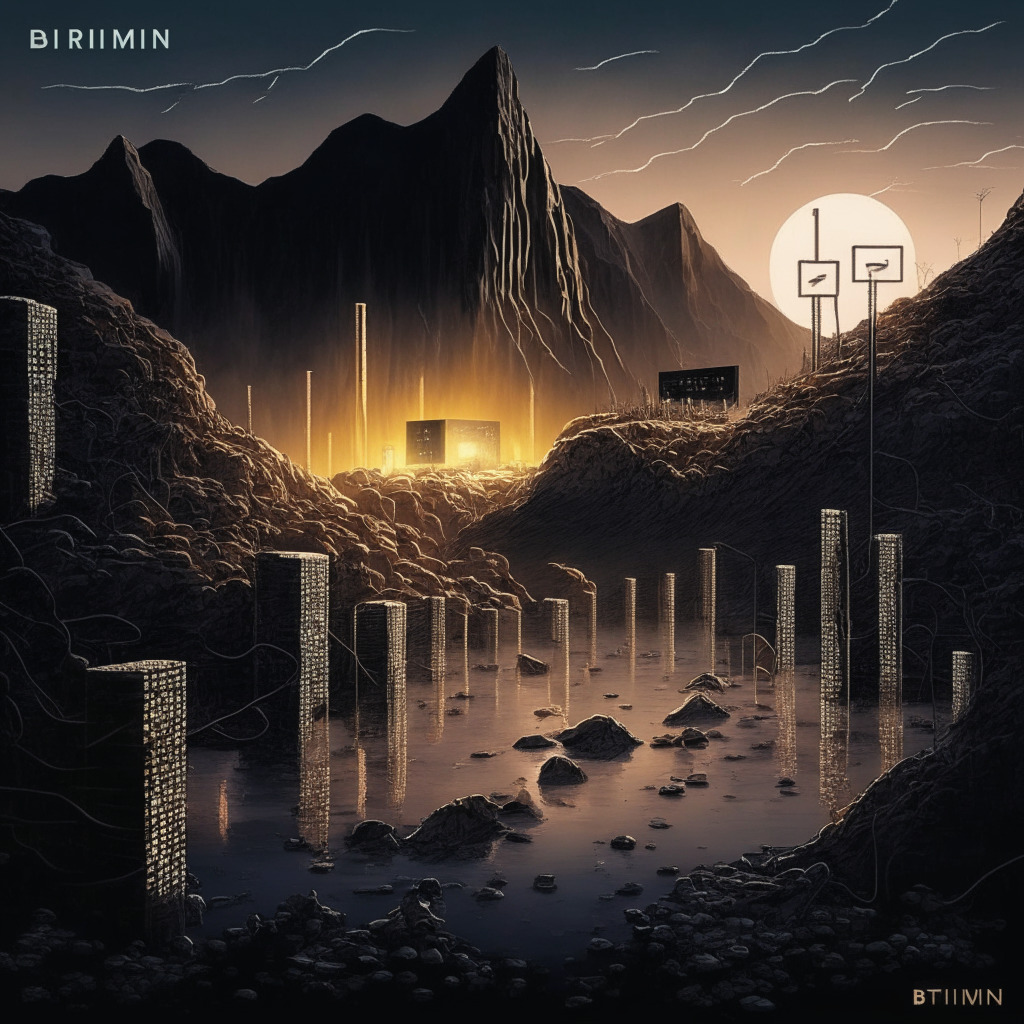The world of cryptocurrency and blockchain technology is rapidly evolving, with new innovations and partnerships occurring almost daily. A recent example of this has been the partnership between Grab, Southeast Asia’s largest technology startup that operates a ‘super-app’ for ride-hailing, food delivery, and digital payments, and Circle, the issuer of USD Coin.
An announcement made on September 14 revealed that the two companies were bringing Web3 services to Singapore for the benefit of Grab’s 187 million users. A new feature, appropriately named “Grab Web3 Wallet”, had been added to the Grab app, powered by Circle’s new Web3 Services platform. This juxtaposition of traditional and advanced technology intends to encourage the adoption of stablecoins, digital assets, and smart contracts. To that end, as part of the pilot, eligible Grab users can establish a blockchain-enabled wallet, along with the opportunity to collect non-fungible token (NFT) vouchers.
However, this relatively swift move towards Web3 has not gone without raising eyebrows. This integration is happening in a market environment fraught with regulatory uncertainty, particularly in the United States, where financial authorities have tightened their scrutiny on digital currencies. The skepticism towards regulation isn’t unwarranted, especially considering cases such as that of Coinbase and Binance, both of which attracted considerable attention from regulatory bodies like the U.S. Securities and Exchange Commission (SEC).
Moreover, Brian Armstrong, the CEO of Coinbase, recently expressed his support for decentralized finance (DeFi) protocols. Armstrong believes these platforms should provoke legal proceedings to clarify their position under existing financial regulation, suggesting that their potential regulation would be a deterrent to innovation and would drive these industries abroad.
Evidently, we are faced with the fact that digital currency adoption, and the introduction of Web3 technology, in particular, is both exciting and daunting. The wide acceptance and usage of these technologies could bring along significant benefits. However, the uncertainty surrounding the legal and regulatory aspects poses a risk not just to the companies but also to the users of these platforms. Handling these concerns correctly could determine whether this digital transformation becomes a game-changer or fades away. The question now is, will these technologies be given the space to flourish, or will they be stifled by the weight of regulation and control? Only time will tell as the crypto world waits with bated breath.
Source: Cointelegraph




